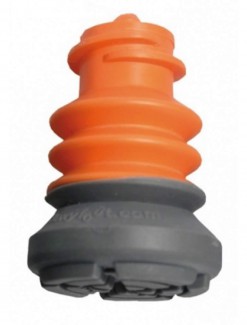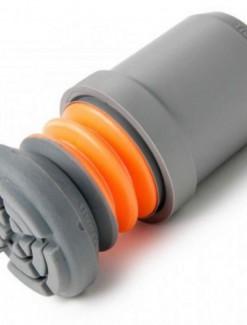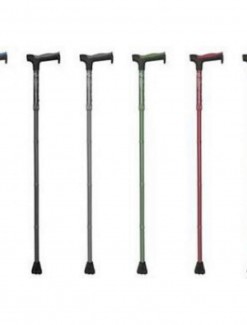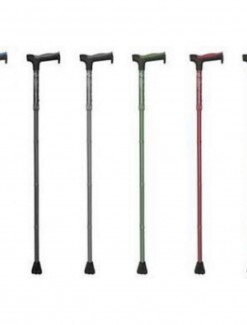-

 + Quick View
+ Quick ViewCanes
Replacement Feet for Flexyfoot Ferrules
Available from multiple sellers -

 + Quick View
+ Quick ViewCanes
Flexyfoot Ferrules
Available from multiple sellers -

 + Quick View
+ Quick ViewCanes
Airgo Small Base Quad Cane
Available from multiple sellers -

 + Quick View
+ Quick ViewCanes
Airgo Comfort Plus Folding Canes
Available from multiple sellers -

 + Quick View
+ Quick ViewCanes
Airgo Comfort-Plus Offset Cane with MiniQuad Ultra-Stable Tip
Available from multiple sellers -

 + Quick View
+ Quick ViewCanes
Airgo Comfort Plus Aluminum Cane Derby Handle
Available from multiple sellers -

 + Quick View
+ Quick ViewCanes
Airgo Large Base Quad Cane
Available from multiple sellers -

 + Quick View
+ Quick ViewCanes
Walking Stick Quad Cane with Small Base
Available from multiple sellers -

 + Quick View
+ Quick ViewCanes
Folding Walking Stick with T-Handle
Available from multiple sellers -

 + Quick View
+ Quick ViewCanes
Wooden Walking Stick with Crook Handle
Available from multiple sellers -

 + Quick View
+ Quick ViewCanes
Walking Stick T Handled
Available from multiple sellers -

 + Quick View
+ Quick ViewCanes
Walking Stick Straight Handle Coopers
Available from multiple sellers -

 + Quick View
+ Quick ViewCanes
Walking Stick Anatomical
Available from multiple sellers -

 + Quick View
+ Quick ViewCanes
Tripod Seat Stick
Available from multiple sellers -

 + Quick View
+ Quick ViewCanes
Walking Stick Heavy Duty Offset Cane
Available from multiple sellers -

 + Quick View
+ Quick ViewCanes
Leather Wrist Strap for Walking Stick
Available from multiple sellers -

 + Quick View
+ Quick ViewCanes
Walking Stick with Swan Handle
Available from multiple sellers -

 + Quick View
+ Quick ViewCanes
Walking Stick Crook Handle Aluminium
Available from multiple sellers
Choosing a Cane or Walking Aid
Whether it is walking to the mailbox or taking a stroll in the park, any form of walking can be difficult for the millions of Americans who have pain in their joints and limited mobility. Quality of life can suffer hugely, depending on the extent of the problem. Canes, walking aids and other mobility devices can be a practical answer for anyone with mobility problems, or anyone finding it difficult to walk while recovering from an injury.
However, it can be difficult choosing just the right cane or walking aid as there are so many widely available, and you should carefully consider your situation and your limitations before buying. Some of the factors to take into consideration are outlined below, and considering these factors should make the decision somewhat less of a challenge.
Stability
One of the most important factors is your overall stability, which should be carefully considered whether you have difficulty with your balance or are recovering from an injury. There are many different designs of walking sticks and canes, making these a popular option for anyone with balance issues. You may need more stability than the standard cane offers, in which case you may need a cane offering a forearm support, a cane tip or a wider than normal base. These canes can be the ideal solution if you don't need crutches but still mobility issues.
Height
Some walking aids and canes come in a standard height, while others can be adjusted to match your height, and this should be considered when choosing a cane or walking aid. For example, a wood cane must be measured and cut to match your height as it is not adjustable. Always take accurate height measurements before buying.
Duration
keep in mind how long you intend to use the walking aid or cane. Long term use may require something sturdier and long lasting, while you may only need a mobility aid for a short period if you are recovering from an injury.



